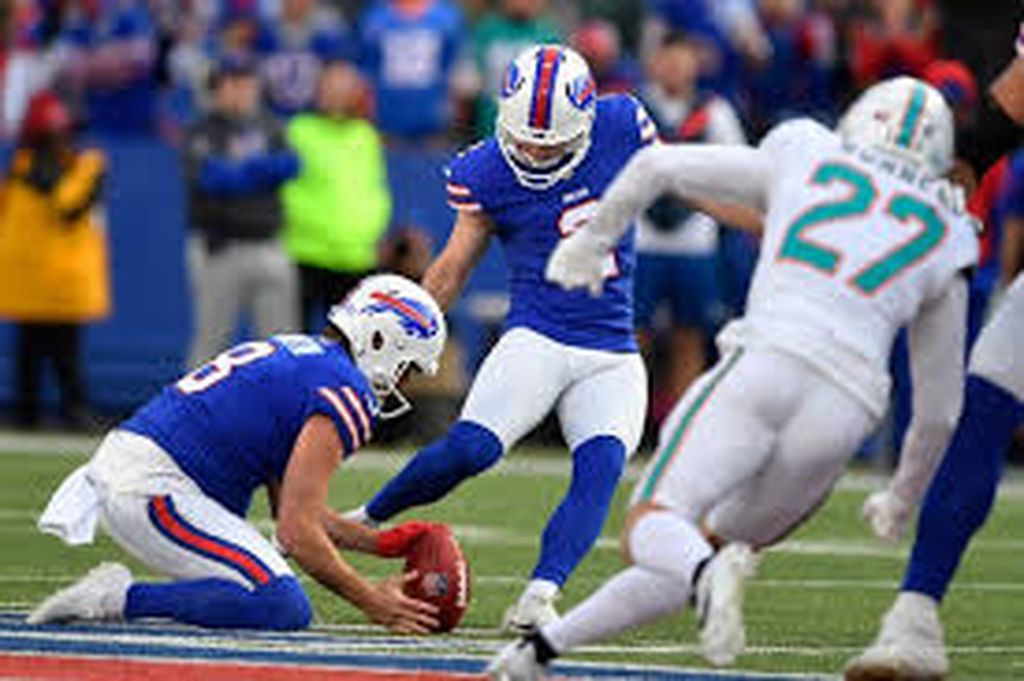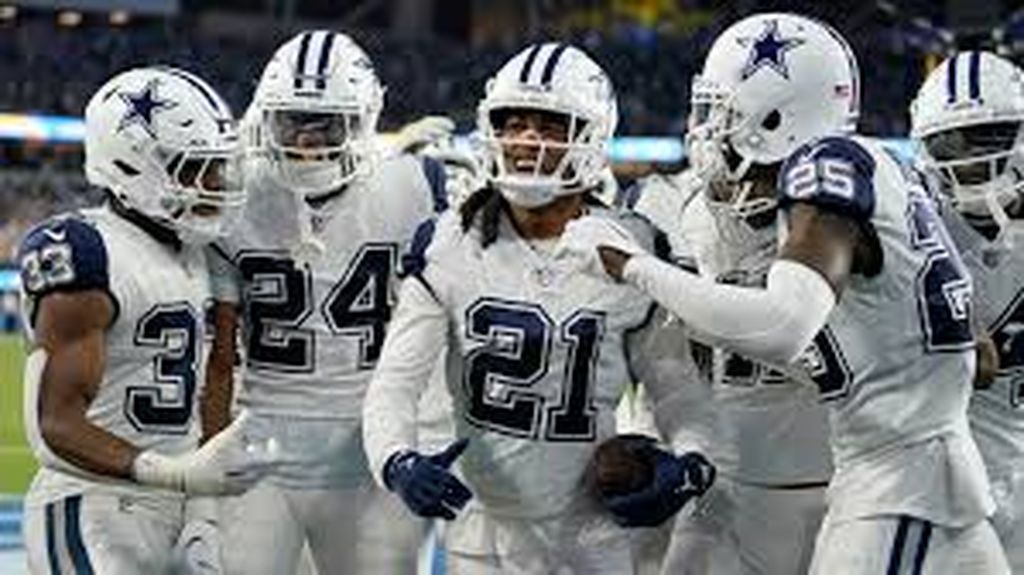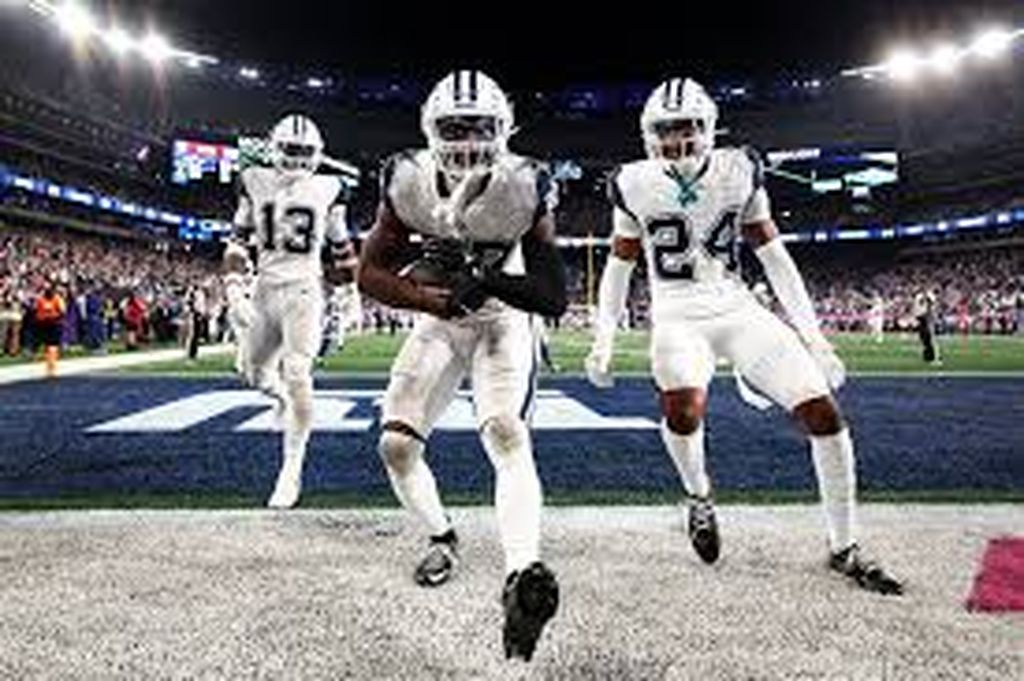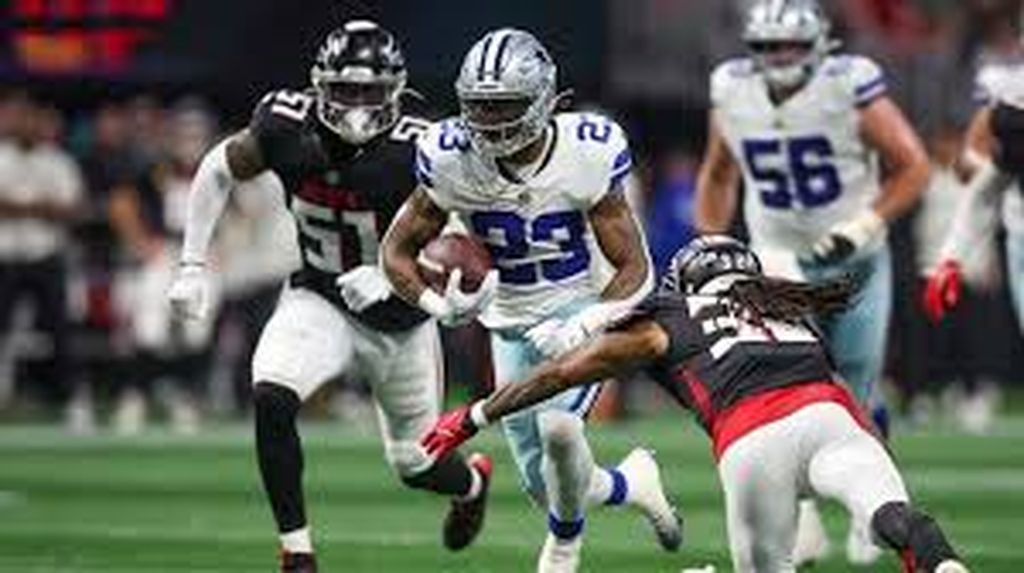Texas’s Sports Culture: How the Dallas Cowboys Became America’s Team
As Cheerleaders, too, have left a legacy of their own, pioneering the concept of profeTexas is synonymous with grandeur, pride, and a deep-rooted love for sports. No team embodies these attributes more than the Dallas Cowboys. Known far and wide as “America’s Team,” the Cowboys have secured their place not just in the heart of Texans, but in the annals of American sports culture. This article delves into how the Cowboys rose from a local franchise to a national icon, a symbol of resilience, ambition, and marketability. We will explore the team’s journey from its inception to its profound impact on American sports, media, and cultural identity.
The Early Days: The Foundation of a Legacy
Founded in 1960, the Dallas Cowboys entered the National Football League (NFL) during a time when professional football was still growing in popularity. The franchise was brought to life by Clint Murchison Jr., who saw the potential for football to thrive in Texas. The team’s early years were marked by struggles and growing pains, but their commitment to building a strong foundation was unwavering. Head coach Tom Landry, known for his innovative strategies, distinctive fedora, and stoic demeanor, played a pivotal role in shaping the team’s identity.
Landry’s coaching was revolutionary. He introduced the 4-3 defense, a scheme that would become a staple in the NFL, and developed new offensive strategies such as the “flex defense,” which confused opposing offenses and showcased the Cowboys’ adaptability. Although the first few seasons were marked by more losses than wins, the team slowly garnered respect for their tenacity and tactical prowess. By the mid-1960s, the Cowboys began to show glimpses of the powerhouse they would become. Their first playoff appearance in 1966 set the stage for a decade defined by ambition and hard-fought battles.
Off the field, Clint Murchison Jr. and general manager Tex Schramm were instrumental in positioning the Cowboys as more than just a regional team. Their keen understanding of sports as a growing business led to innovative ideas that would later become standard practice in the NFL. The partnership between Murchison and Schramm was marked by their dedication to creating an enduring legacy for the Cowboys, focusing on long-term growth over short-term success. This vision set the stage for the team’s future achievements.
The 1970s: The Rise to National Prominence
The Dallas Cowboys’ ascension to “America’s Team” status can largely be attributed to their success during the 1970s. The decade was a golden era for the team, marked by exceptional players and dramatic games. Under Landry’s leadership, the Cowboys reached five Super Bowls in the 1970s, winning two (Super Bowl VI in 1972 and Super Bowl XII in 1978). These victories were not just wins for Texas but were embraced by a burgeoning national fanbase who admired the team’s competitive spirit.
The Cowboys’ roster was filled with standout players who became legends. Quarterback Roger Staubach, nicknamed “Captain America,” epitomized leadership and clutch performances, becoming a symbol of reliability in the eyes of fans. His ability to execute game-winning drives and display unparalleled composure under pressure earned him a reputation that transcended the sport. Running back Tony Dorsett brought explosive talent, shattering records and dazzling audiences with his electrifying runs. On the defensive side, the likes of Lee Roy Jordan, defensive tackle Randy White, and “Hollywood” Henderson added to the team’s formidable lineup.

Source: Phil Casey
The nickname “America’s Team” was coined by Bob Ryan, the vice president and editor-in-chief of NFL Films, during the 1978 season highlight reel. Ryan’s narration mentioned, “They appear on television so often that their faces are as familiar to the public as presidents and movie stars.” The moniker resonated deeply with fans across the country, creating a loyal following that transcended state boundaries.
Marketing Mastery: Building a Brand
While on-field success played a critical role, the Dallas Cowboys’ rise to national fame was also fueled by savvy marketing and brand management. Owner Tex Schramm, a visionary leader, understood the power of media and public relations. Schramm ensured that the Cowboys were a fixture on television and in sports headlines, recognizing that visibility was key to growing the team’s fanbase. His initiatives included fostering relationships with broadcast networks and leveraging the nascent power of television, making Cowboys games a staple in households nationwide.

Source: Sam Josheph
The iconic star logo, pristine white and blue uniforms, and the state-of-the-art Texas Stadium (with its famous hole in the roof—“so God could watch His team,” as the saying goes) contributed to the Cowboys’ mystique. Texas Stadium itself became an icon, embodying the grandeur and ambition that defined the Cowboys’ image. It hosted not only football games but also significant cultural events, solidifying the team’s place in American society.
The team’s cheerleaders also became a cultural sensation. With their recognizable outfits, choreographed performances, and dynamic presence, the Dallas Cowboys Cheerleaders added an entertainment dimension that became synonymous with the Cowboys’ game day experience. This innovation not only boosted in-game atmosphere but also solidified the team’s place in American pop culture. The cheerleaders’ appearances in television shows, commercials, and USO tours further elevated their status and extended the Cowboys’ brand to broader audiences.
The 1980s and the Challenges of Change
The 1980s brought new challenges for the Cowboys, as the team faced injuries, aging players, and fierce competition. Despite making the playoffs in several seasons, the team’s success was not as pronounced as in the previous decade. The departure of Roger Staubach in 1979 marked the end of an era, and the Cowboys struggled to find consistency at the quarterback position. Danny White, who succeeded Staubach, showcased talent but fell short of securing a Super Bowl victory.

Source: Kevin Sabitus
Yet, the team maintained its high profile thanks to continued marketing efforts and its resilient fanbase. The Cowboys’ status as “America’s Team” never wavered, even as victories became less frequent. The media-savvy nature of the franchise, coupled with the loyalty of its supporters, kept the Cowboys relevant during this period. The challenges of the 1980s also laid the groundwork for significant changes that would come at the end of the decade.
The Jerry Jones Era: Rebirth and Dominance
In 1989, oil tycoon Jerry Jones purchased the Dallas Cowboys, ushering in a new era marked by both turbulence and triumph. One of his first moves was hiring college coach Jimmy Johnson to lead the team. Johnson’s aggressive approach to building the roster, including blockbuster trades like the Herschel Walker trade, laid the groundwork for future success. This trade, considered one of the most lopsided in NFL history, provided the Cowboys with a wealth of draft picks that would form the foundation of their championship teams.
The Cowboys’ fortunes quickly turned, and by the early 1990s, they were back on top. The Cowboys’ resurgence in the 1990s featured a trio of stars known as “The Triplets”—quarterback Troy Aikman, running back Emmitt Smith, and wide receiver Michael Irvin. Aikman’s precision passing, Smith’s record-breaking runs, and Irvin’s physical and emotional leadership combined to create an offensive powerhouse. This dynamic trio, coupled with a formidable defense led by Charles Haley, Ken Norton Jr., and Darren Woodson, propelled the Cowboys to win three Super Bowls in four years (1992, 1993, and 1995). Their domination during this time period was unparalleled, solidifying their legacy as one of the greatest teams in NFL history.

Source: Brett Davis
Jerry Jones’ marketing acumen further enhanced the team’s brand. He brought a bold and sometimes controversial approach to ownership, but his vision paid off. The Cowboys’ global outreach expanded, with merchandising efforts that made their star emblem recognizable worldwide. The team’s valuation skyrocketed, making them one of the most valuable sports franchises in the world. Jones leveraged the Cowboys’ brand to secure lucrative sponsorships and partnerships, ensuring financial stability and continuous exposure.
Beyond the Field: Cultural Impact and Legacy
The Dallas Cowboys’ influence extends far beyond football. They have become a symbol of American ambition, resilience, and pride, inspiring countless documentaries, books, and films. Their games draw millions of viewers, making them a staple of American culture. The team’s training facility, The Star in Frisco, Texas, stands as a testament to their commitment to excellence and innovation, serving not only as a sports complex but as a community hub. The Star hosts events, offers state-of-the-art training amenities, and provides fans with opportunities to engage with the team.
The Cowboys’ impact on pop culture is significant. Songs, television references, and celebrity endorsements have all contributed to the team’s enduring popularity. Players and coaches have become household names, influencing future generations of athletes and fans alike. The Dallas Cowbossional cheerleading as an integral part of the sports experience.
Why are the Dallas Cowboys called “America’s Team”?
The nickname “America’s Team” was coined by Bob Ryan of NFL Films in 1978 to highlight their nationwide popularity. The Cowboys were featured so frequently on television that they became as familiar as celebrities and public figures, resonating with fans across the United States.





















